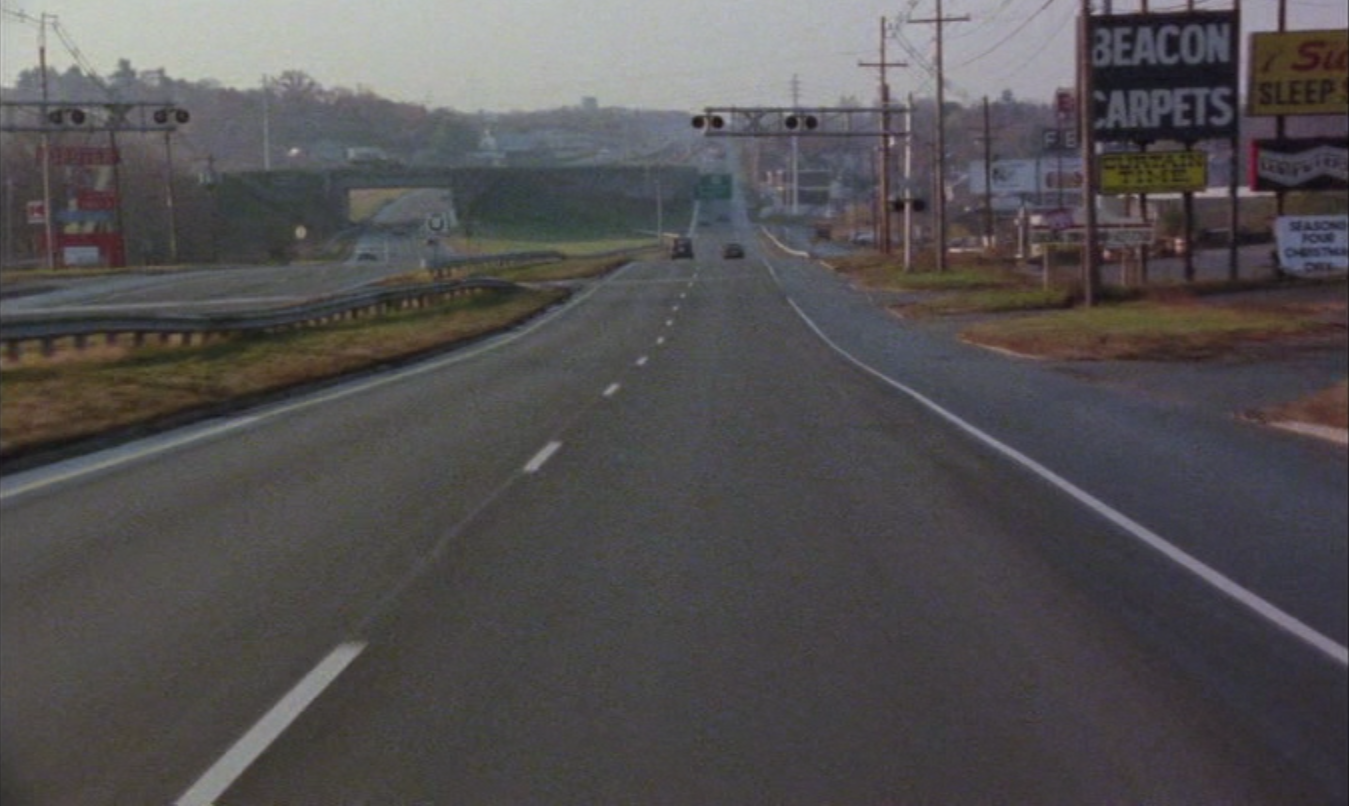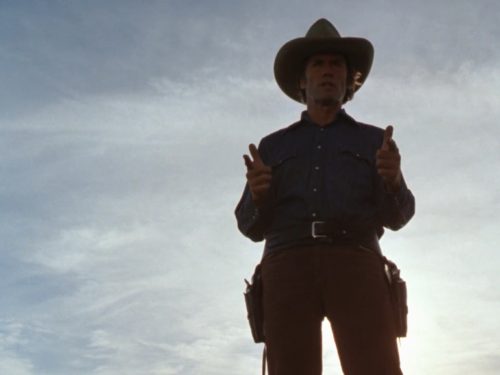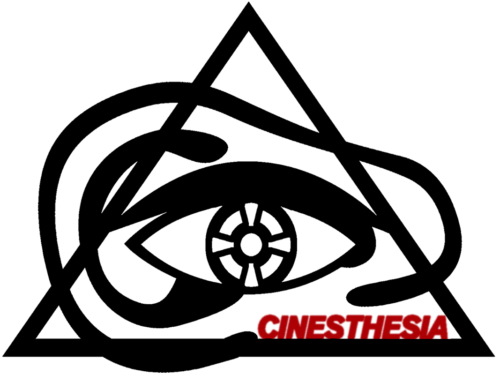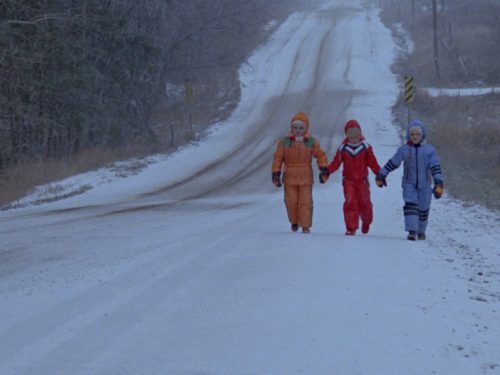Kramer’s 1989 masterpiece is one of cinema’s most daunting attempts to understand America in all of its confusion, dysfunction, and beauty
Robert Kramer’s Route One/USA (1989) is often categorized as a road movie or a diary film about two expats returning for a tour of their home country, to look for America. But this film is nothing so neat and tidy, for neither is its subject. Kramer, who is one of the most challenging and fascinating filmmakers the United States has given the world — and who remains, even after his passing in 1999, mostly unknown in his birth country — made Route One after nearly a decade of living abroad. During his formative years, spent in 1960s New York City, Kramer helped found the radical-left filmmaking group Newsreel, and made a number of politically and stylistically daring early films, most notably Ice (1970), a slightly futuristic narrative about American revolutionaries planning an attack on the US government. He later made Milestones (co-directed with John Douglas, 1975), an epic that follows various radicals and activists throughout America, each trying to balance progressive ideals with family lives and financial responsibilities in the long shadow of the 1960s. These films, while critically acclaimed, struggled to find audiences in America. It wasn’t until Kramer expatriated for France at the end of the 1970s that he found the success that eluded him in his homeland.
One of the films Kramer made while away was a narrative feature called Doc’s Kingdom (1988), featuring Paul McIsaac (one of the leading actors in Ice) as a former American radical practicing medicine while in exile in Lisbon, Portugal. McIsaac’s semi-fictional character, “Doc,” would become Kramer’s companion and onscreen alter ego for his return to the US in Route One. With Kramer behind the camera, the film begins with Doc aboard a ship readying to dock in New York City. Kramer outlines the plan for their trip as they reach land: to travel the entirety of Route One, from the Maine woods to Key West, Florida, America’s so-called “end of the rainbow.” To reacquaint themselves with their birthplace, they seek out a remarkable variety of America’s population — veterans, activists, refugees, shop owners, lawyers, presidential candidates, and teachers — stopping along the way at struggling inner-city schools, foodbanks, various historical landmarks, and even Florida’s Tragedy in US History Museum. Interspersed throughout these encounters are brief dramatic scenes, reenactments, and odd direct-to-camera monologues by Doc.
Route One uses America and its history, its mythology, its geography, its rhythms, and its people to explore the complicated promise of freedom. America is simultaneously the land that births great poets like Walt Whitman and Henry David Thoreau, and a culture overwhelmed by politics and violence, soundtracked by forest-demolishing buzzsaws, sirens, and constant, deafening industrial noise. We see America as a place where hope is perpetually in crisis for those with a conscience. The film asks where an individual can create a space for themselves within it all. Is it possible to not lose sense of oneself amid the pressures of politics and the overwhelming influence to conform? The roughness and elliptical presentation ensures no easy or generalizing answer can be reached for by its audience. This is a film that urges us to keep searching after its end.
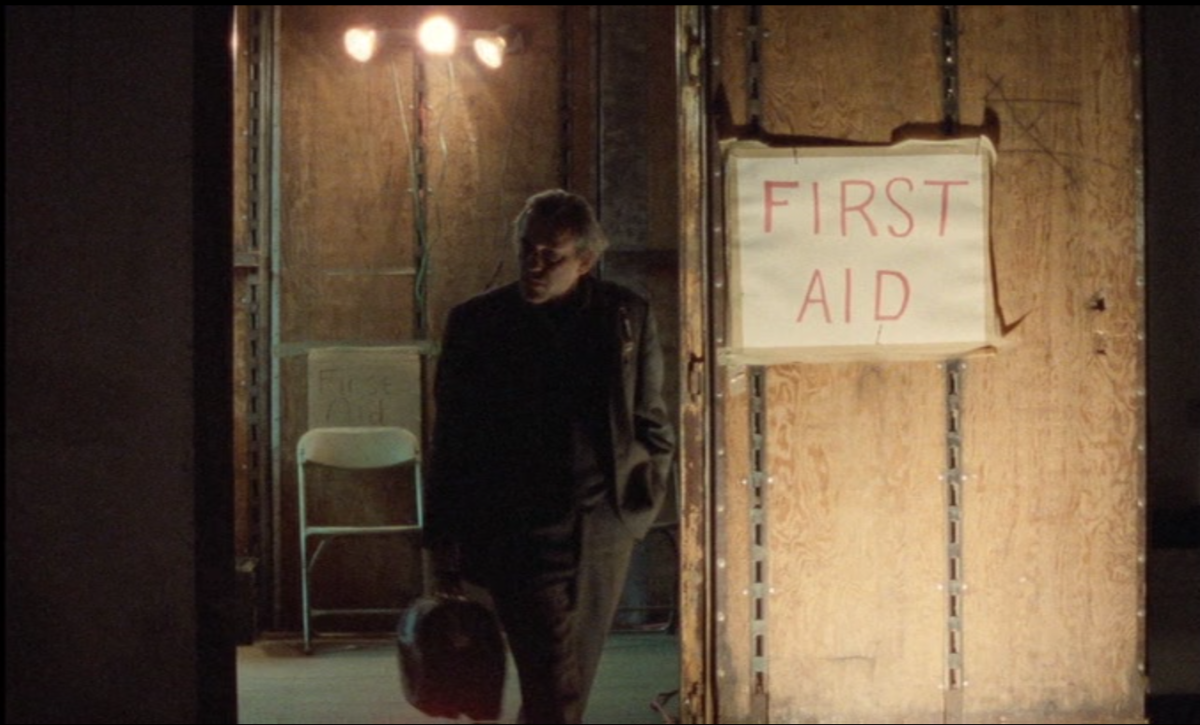
Running at 4 hours and 15 minutes, Route One is a work of incredible stylistic range and tangential sprawl. It is a film of connections — a gargantuan poem composed of a thousand comparisons and contrasts built from an artist’s desire not to merely seek out a sweeping diagnosis of the social ills of late 1980s America, but to know his country firsthand through practical experience, in all of its confusion, dysfunction, and beauty. Kramer and Doc encounter a large cross-section of American society. Nobody they visit is off the hook, yet everyone is treated with empathy. There are no human targets the way there are in, say, a Michael Moore film. Kramer allows each individual to speak for themselves, and he captures both their perceived righteousness and a broader look at where they stand within the larger scheme of their communities. He recognizes the performance aspect when they are in front of his camera as incredibly human and is concerned with the way so many people allow themselves to become engulfed in their ideologies and on-the-spot diagnoses of “what’s wrong with America.” And perhaps the most challenging aspect of the film is that it forces us to recognize that, while everything is politicized, the politics of even the most hateful and insensitive characters are only a portion of who they are. Scenes often follow a character around before beginning a dialogue with them, and once a figure solidifies into a mere talking head sloganizing their beliefs, the scene moves on or shifts perspectives on them. Notice how often Kramer cuts away from the political or religious diatribes and statements of purpose before the speaker is finished, fading their voices out while the next scene begins, reminding us how limiting and confining ideological devotions can be upon the imagination.
From the start, Kramer uses Doc to establish a series of divergences within the film. In his first appearance on screen, in his room aboard the ship, the items he packs into his bag — a stethoscope and two Whitman and Thoreau collections he will read from throughout the film — introduce one of Route One’s major concerns: how to bridge ideals with a functioning and fulfilling social identity. Doc is on the lookout for a place where he can practice medicine and feel like he is doing his part within a community. He wants to make a living by doing what he is passionate about. Route One begins with Doc joyfully reciting from Whitman’s “Song of the Open Road” after swimming nude in a New England river. The spirit of Whitman runs deep throughout the film. Whitman’s emphatic love and hope for nature and mankind show in the very structure of the film itself, as Route One’s scope is nearly cosmic in the diversity of life it tracks within the US. Doc brought Whitman’s poetry along because Whitman speaks of the America that Doc loves, and because it’s something “to hold up against” the “other America down the road.” This other America is never far away, as Doc’s peaceful moment in the Maine woods is followed immediately by blaring buzzsaws, grim visions of logging plants, and even a sweet old lady spouting doomsday prophecies.
Whitman’s influence shifts and changes throughout the journey. The poet’s all-encompassing and cataloging style echoes through Route One, especially its more compassionate moments, such as Kramer’s framing of rowdy, smiling children goofing off in front of his camera. But, more often than not, Whitman’s presence hangs over the film like an unfulfilled promise. It’s hard not to think of Whitman’s listing verses as Doc reads through the seemingly endless names of deceased Vietnam soldiers commemorated in granite in Washington D.C. It is also fitting that when Doc arrives at Whitman’s house in Camden, New Jersey, now a historic landmark and tourist attraction, it is closed for renovations and repairs.
Route One keeps us aware of the constant changing and movement, not just of people, but of the American landscape. Scenes are often punctuated by sequences of the nation’s infrastructure being torn down or repaired. Roads are excavated while bridges are reinforced — the chunks of concrete and metal shifting, colliding, and melding like man-made tectonics. It was at first tempting to refer to these moments as merely interstitial or transitional scenes, but they become just as important as the interactions with people.
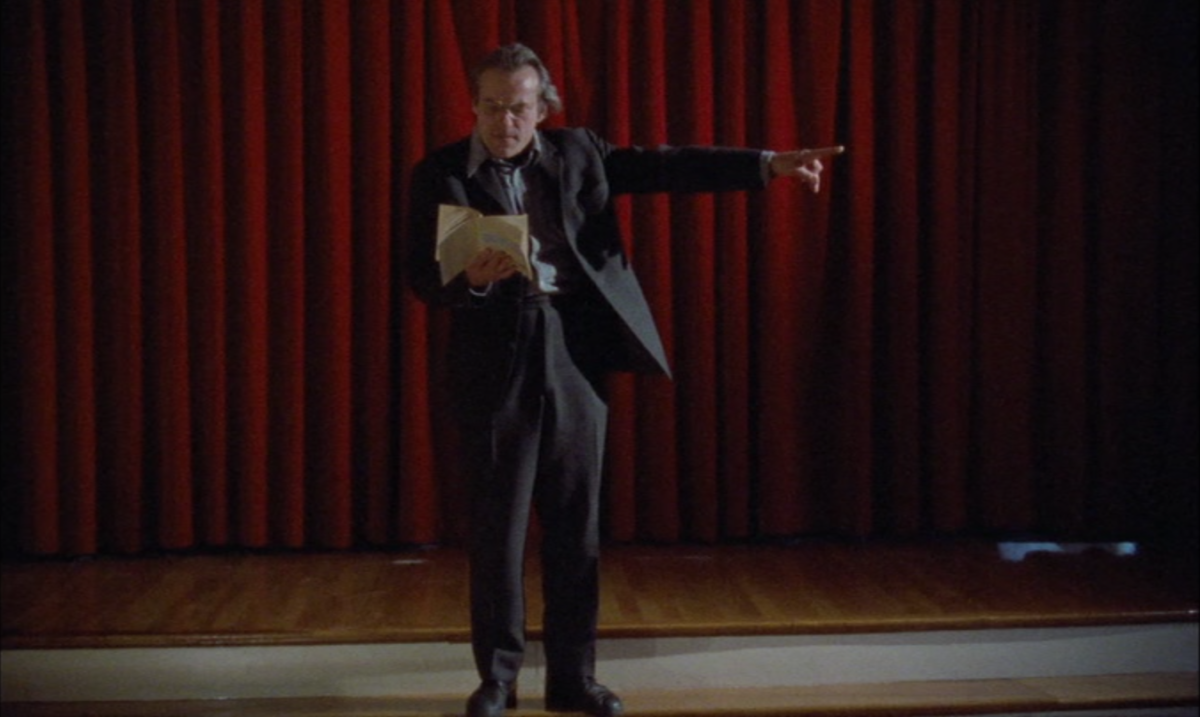
While in Concord, Massachusetts, Doc visits both the remains and the state park replica of Thoreau’s Walden cabin before reenacting his famous plea for John Brown in the very location it was delivered in 1859. Where Whitman’s presence is felt more ethereally, the influence of Thoreau — the author of Doc’s other spiritual guidebook — is ingrained into Route One’s DNA. Thoreau’s pursuit of rightness over mere lawfulness, and uncompromising dedication to understanding and preserving nature, is placed in stark contrast to America’s industrialized destruction of the natural world and the commodification of the country’s imagination. Many have recognized the brilliance of Kramer’s inclusion of a scene documenting the assembly line process of Monopoly game boards being put together. We watch as phony money and plastic houses and hotels are vomited out of machines and packaged to fuel the gaming spirit of American families everywhere. But it is not the scene in itself, as a metaphor, that matters most, but rather where it stands within Route One’s greater structure. It’s power comes from being smashed into the film directly after the visit to Thoreau’s hometown. Not only does Kramer draw us to how the game board houses look like mass-produced, miniature copies of Thoreau’s simple pondside home, but he is so abrupt in the placement of the assembly line sequence. Following the peaceful vision of Walden’s waters, the surrounding trees that made up the “drapery” of young Thoreau’s dreams, and Doc’s spirited reenactment with the whirring machines and the soulless business of the assembly line makes for one of the film’s most devastating moments.
Related: People in the Sun: Kelly Reichardt’s Meek’s Cutoff (2010) by Brett Wright
What is most impressive about the film is its structure. As mentioned above, Route One is a film of connections. Upon my first viewing, I was reminded of Ralph Waldo Emerson’s words on Goethe in Representative Men (1950), saying Goethe’s greatness as a writer lies in his ability to recognize connections where the majority see fragments. It would have been so easy for Kramer to look at America in the late ’80s and see nothing but the destruction and polarization. He could have easily settled for a good vs. bad argumentative structure to most of his sequences. Instead, Kramer strings, weaves, and twists scenes together, building as many comparisons and contrasts as possible between his subjects, searching out the most complex and layered presentation of the collected life and ideas onscreen.
For instance, take a sequence staged in Boston between a park docent and a group of students visiting the monument for the 54th Regiment in Boston Common: The docent, a Black woman and descendant of a Civil War veteran, approaches the students, who hail from the South. Here is a set-up that a lesser filmmaker could have easily exploited for condescending critiques or a ham-fisted social statement. Instead, Kramer builds an intricately layered scene riddled with interruptions and minor complications upon their interaction. Immediately, we see that the students are not stereotyped dopey Southerners — in fact, one of them is Panamanian. They are engaged and interested in the history of the 54th Regiment, which they read about in class. The docent guides the students through her presentation while a wind whips up through the Common, affecting their abilities to hear each other and wreaking havoc on floral tributes left on the monument. The docent leads the students closer to the monument to help them translate a Latin phrase etched in the bronze. She tells them what it says, but the students fail to hear her over the sudden increase of traffic and swelling city noise that Kramer accentuates on the soundtrack. Both the docent and the students are translating the same quotation correctly, but through all the noise and mess of action taking place around them, it sounds like they are shouting two different understandings of the phrase at each other.
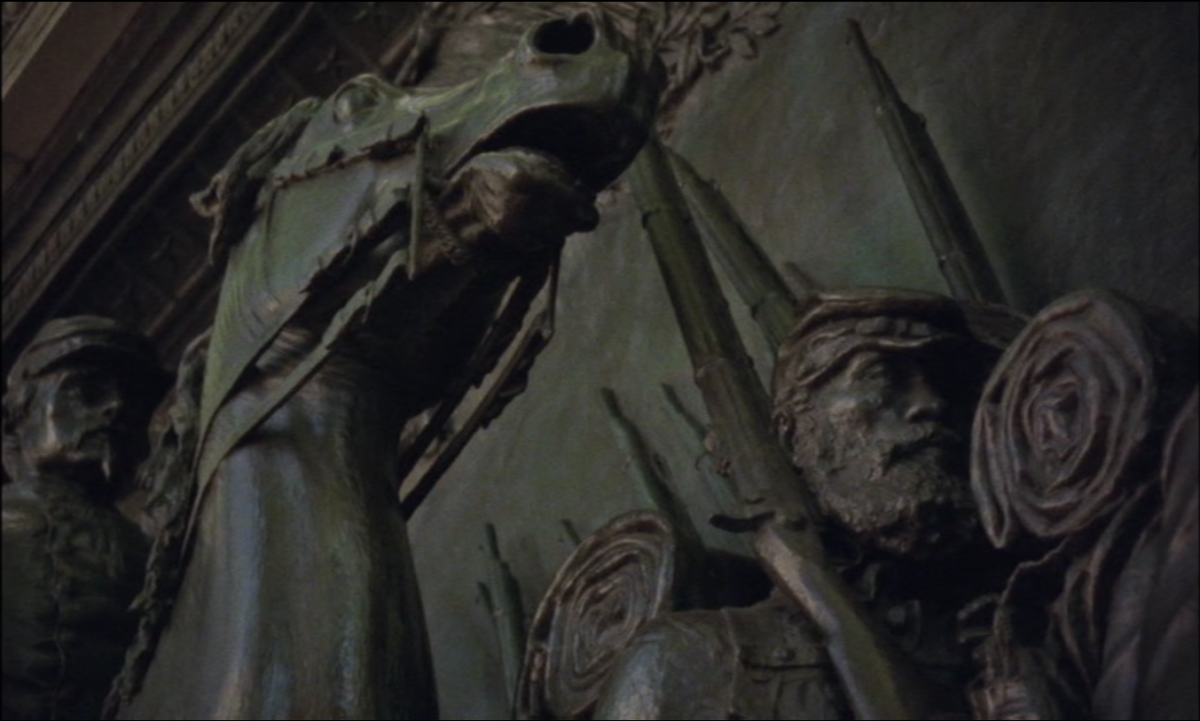
Later, when Doc and Kramer visit Fort Bragg in North Carolina, a colonel shows Kramer a current television advertisement for the Army. It plays out rather sensationally — like Norman Rockwell’s Gulf War, of a son writing home to his father about the virtues of the Army. The colonel, with a face as expressive as a slab of stone, claims the advertisement to be a perfect representation of the military in ’80s America. Kramer then follows this scene with a visit to one of Doc’s friends, Pat Reese, a journalist who lives near the Army base and details a recent spree of hate crimes instigated by ex-Army members against local gay, black, and Jewish communities. Intercut between these two sequences, Kramer shows Doc remembering his days of Army training, how as a mere teenager, he was led to believe he had been transformed into a killing machine. He acts out parachuting drills as current recruits go through their training. It all looks rather absurd as they jump out of grounded planes and fire off excesses of ammunition. It almost looks like play time.
Through both the Boston and Fort Bragg sequences, Kramer is not guiding us by finger pointing or condemning his subjects; In Boston, the confusion and miscommunication within the scene comes from the noisy environment, not the individuals. Within the Fort Bragg sequence, the colonel gives the perspective of a high-ranking representative of the Army, Reese has his experience from the news desk, and Doc has his personal recollections of basic training. The importance lies in how Kramer brings each piece and perspective together. The complexity of his sequencing makes Route One one of the most daunting artistic attempts to understand this country from its soil on up into its most lofty of myths and illusions, asking how we got here, and how the myths and illusions have come to take such an overwhelming role in American culture.
Shortly after their Fort Bragg visit, Doc leaves. He wants to be part of a community rather than an outside observer traveling through. He wants to “melt in.” And so he disappears briefly from the film, leaving Kramer to make his way through most of the South on his own.
Related: Su Friedrich Reflects On 30 Years of Sink Or Swim by Robert Delany
When he makes his return, in Miami, Florida, Doc appears different. He begins to assimilate into his environment. He takes up residence in an old man’s house by a drawbridge, cleaning it up and making himself at home. He studies Creole and pursues a woman who Kramer interviews in a local restaurant. It is fitting that the scene of Doc meeting her is the most movie-like moment in the film: A truly romantic chance meeting in the street with Doc calling out to her as eyes lock on a future love. We’ve seen Doc recreate his bootcamp experiences and recite Thoreau’s defense of John Brown from a red-curtained stage, but those moments are more clowning or theatrical — nothing like the shot-reverse-shot Hollywood cutting of this fateful stop-and-stare. Pretty soon, she is bringing wine over and they spend their nights out dancing in elegant, beautifully lit settings. Reaching the southern edge of America, Doc finds his place, or at least a place. What else can he do at the end of the line? He melts in.
The film takes nothing away from the beauty of Doc finding love in Florida, but Kramer’s presentation challenges us not to become too caught up in the elegance and the emotions. Is it something about the environment that is magical and revelatory for Doc? Or is it merely the last stop? The end of the rainbow in the East Coast’s most famous retirement destination, challenging its visitors to make peace and melt-in with what they have or else melt away in a different sense? The contrast Kramer sets between the romantic mood lighting over Doc and his lover dancing with extended scenes of the custodial work that goes into making this paradise presentable for tourists begs the question of how much of the imagined magic is created by a lack of options and waning opportunities in a land that tells its people they can have it all if they only work hard enough to attain it.
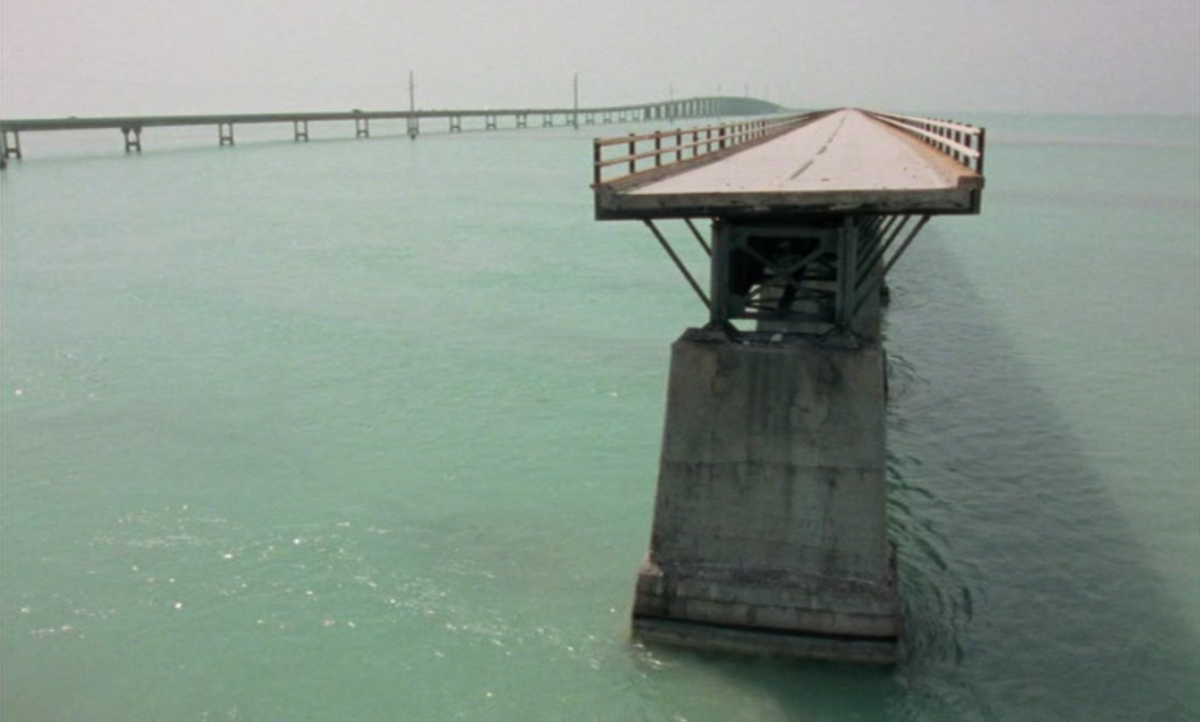
Kramer and his camera travel further to a more literal end of the line in Key West where roads abruptly break over the sea, waiting to be constructed; where even the birds perch on the brink before taking off. Wildness is what is left before him. Just before the film ends, Kramer includes two scenes calling back to earlier moments. First, a weather balloon is inflated and shown taking flight, bringing to mind the peace and greater perspective Doc described while floating back to Earth during his Army parachuting drills. But as the film stares at the balloon fading into the Southern horizon, the scene is weighed with a recognition of freedom unknowable, formless, and distant; perhaps more of an escape than anything. Kramer then shows us the bottom of the sea floor, drawing a line back to a scene staged in the Boston Aquarium where we marvelled at sea turtles and other marine life while Doc, dressed in his doctor’s white coat and his stethoscope, monologues about the anxieties of opting for a non-conventional life in America. “You chose a different life,” Doc says to the camera, “Under the surface… beyond the ordinary.”
Kramer leaves us with this image of the sea bottom. Being under the surface isn’t so isolating or detached. It allows for a different form of freedom to be recognized, not of escape or giving into the blissful ignorance of conforming, but one rooted in the imagination in the deepest sense. Kramer shows us that true freedom comes with the responsibility of recognizing how all the parts play together and inform each other; how complicated even the most seemingly ordinary or traditional aspects of life truly are when connected to the wild and unknowable variety beyond and inside each of us.
Route One/USA from Icarus Films on Vimeo.
Stream Route One/USA on Amazon Prime or from Icarus Films on Vimeo
Purchase Route One/USA from Icarus Films or Amazon
Stay up to date with all things Split Tooth Media and follow Brett on Twitter and Letterboxd
(Split Tooth may earn a commission from purchases made through affiliate links on our site.)

